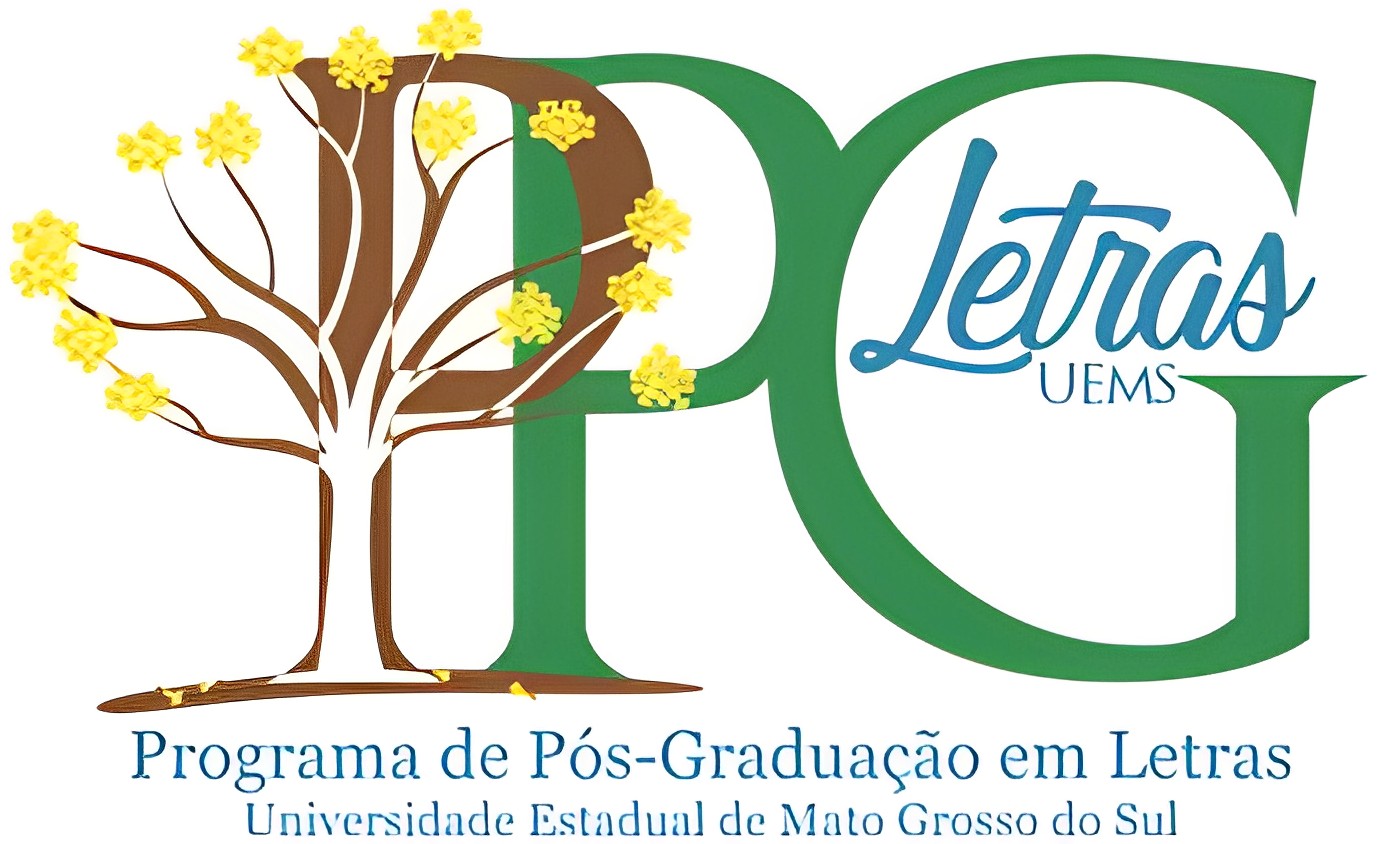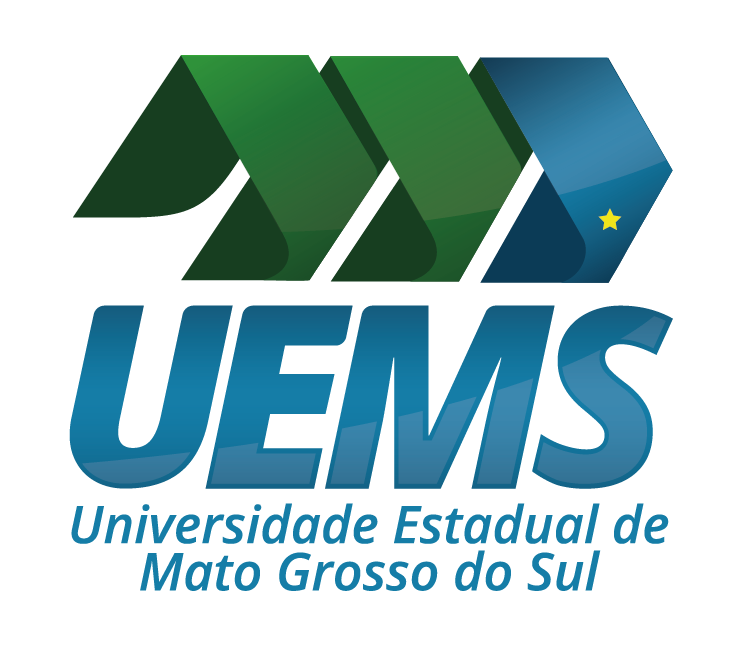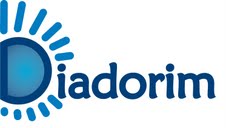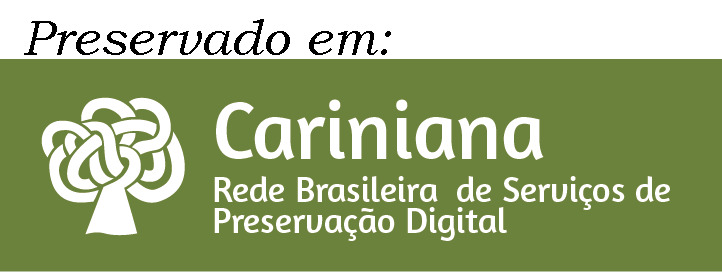A Canção em Il Guarany
tradução intersemiótica do romance para a ópera
DOI:
https://doi.org/10.61389/revell.v1i34.7109Palavras-chave:
literatura e canção, tradução intersemiótica, O Guaran, Il Guarany, Canção e performanceResumo
O artigo analisa a tradução intersemiótica do romance O Guarani, de José de Alencar, para a ópera de Carlos Gomes, Il Guarany, em relação às canções, especificamente as árias que ganham vida nas vozes de Peri e Ceci, os personagens principais. A metodologia consiste na apresentação das letras das músicas do libreto, analisando como os textos, na canção e no romance, expressam as ideias dos autores utilizando sistemas de signos diversos. Observa-se que o texto da canção, elaborado de forma a ser traduzido em ritmo, voz, dramatização e música, numa intersemiose entre os sistemas de signos que fazem parte da ópera, objetiva alcançar a expressão das ideias do autor e provocar no receptor respostas semelhantes às obtidas pelo texto do romance, ou até mais intensas, considerando que a música pode ampliar a sensibilidade do indivíduo. Conclui-se que, como um sistema multissígnico, a recepção da canção requer participação de múltiplos sentidos, processo esse impregnado da subjetividade do autor/criador e do receptor, bem como de aspectos conformadores do meio onde se efetiva a obra. Ressalta-se a performance como essencial na concretização da ideia do cancioneiro, visto que, a cada apresentação, ter-se-á uma nova canção.
Referências
ALENCAR, José de. O Guarani. 3ª ed. São Paulo: Ateliê Editorial, 2014.
BASTOS, Joana Catarina Lopes. A música como recurso didático em aulas de Português e de Latim. 2016. 98f. Relatório (Mestrado em Ensino do Português e Línguas Clássicas no 3º ciclo, Ensino Básico e Secundário). Faculdade de Letras, Universidade do Porto, Portugal, 2016.
CANDIDO, Antonio. Literatura e sociedade. 8ª ed. São Paulo: Publifolha, 2000.
CEIA, Carlos. Canção. E-Dicionário de termos literários, 2009. Disponível: https://edtl.fcsh.unl.pt/encyclopedia/cancao/.
CERIBELI, Maria Cláudia Bachion. O Guarani: relações intersemióticas entre a ópera de Carlos Gomes e o texto literário de José de Alencar. 2019. 186f. Dissertação (Mestrado em Letras) – Programa de Pós-Graduação em Letras, Universidade Federal do Espírito Santo, Vitória, 2019.
COSTA, Nelson Barros da. As letras e a letra: o gênero canção na mídia literária. In: DIONISIO, A. P.; MACHADO, A. R.; BEZERRA M. A. (Orgs.). Gêneros textuais & Ensino. Rio de Janeiro: Lucerna, 2002, p.107- 121.
FIGUEIREDO, Denise de Lima Santiago. O Guarani: o romance de José de Alencar na ópera de Carlos Gomes. 2017. 138f f. Dissertação (Mestrado em Letras) – Programa de Pós-Graduação em Letras, Universidade Estadual de Santa Cruz, Ilhéus, Bahia, 2017.
GÓES. Marcus. Carlos Gomes: a força indômita. Belém: SECULT, 1996.
GOMES, Antônio Carlos. Il Guarany. Libreto de Antonio Scalvini e Carlo d’Ormeville, Tradução de Eddynio Rosseto, Delcia Coelho e Luiz Aguiar. São Paulo: Master Class Comercial e Distribuidora Ltda. Centro de Ciências, Letras e Artes- acervo Museu Carlos Gomes, 2018.
GOMES, Carlos. Il Guarany. 2007. Disponível em https://www.youtube.com/watch?v=XTIpAyXyvFA&t=2586s. Acessado em 09/nov./2020.
MAINGUENEAU, Dominique. Gênese dos discursos. Curitiba: Criar, 2005.
MARTINEZ, José Luiz. Intersemiosis en el teatro musical y en la ópera contemporânea. Traducción de Mónica Vermes. Revista Semiótica musical. Tópicos del Seminário, 19, 2008, p. 101-129. Disponível: http://www.scielo.org.mx/scielo.php?script=sci_arttext&pid=S1665-12002008000100004. Acessado em 08/11/2021
MATOS, Cláudia Neiva de. Todos entoam: o cancionista e seus parceiros. Revista do Instituto de Estudos Brasileiros, São Paulo, n.61, ago.2015, pp.223-229. Disponível: https://www.scielo.br/j/rieb/a/HZcQyRtC7xRT55cjQW9wpLg/?lang=pt. Acessado em 08/11/2021
OLIVEIRA, Acauam Silvério de. O modelo semiótico de Luiz Tatit e suas implicações na análise da canção popular no Brasil: algumas considerações iniciais. Revista Linguagem: Estudos e Pesquisas, São Paulo, v.16, n.2, jul./dez. 2012, pp. 131-147. Disponível: https://www.revistas.ufg.br/lep/article/view/33541/17739. Acessado em 08/11/2021.
ROUSSEAU, Jean-Jacques. Ensaio sobre a origem das línguas. Coleção Os Pensadores. São Paulo: Abril Cultural, 1978.
SCALVINI, Antonio; d’ORMEVILLE, Carlo. Il Guarany: melodrama em quatro atti. 1870. Disponível em :< http://www.librettidopera.it/zpdf/guarany.pdf>. Acessado em: 24 ago. 2018.
SEGRETO, Marcelo. A canção e a oralização: sílaba, palavra e frase. 2019. 433f. Tese (Doutorado em Linguística) – Programa de Pós-Graduação em Semiótica e Linguística Geral, Universidade de São Paulo, São Paulo, 2019.
SILVA, José Eduardo Rolim de Moura Xavier. D’O Guarani a Il Guarany: a trajetória da mimesis da representação. Maceió: EDUFAL, 2007. 180 p.
TATIT, Luís. O cancionista: composição de canções no Brasil. São Paulo, Edusp, 1996.
Downloads
Publicado
Como Citar
Edição
Seção
Licença
Copyright (c) 2023 REVELL - REVISTA DE ESTUDOS LITERÁRIOS DA UEMS

Este trabalho está licenciado sob uma licença Creative Commons Attribution 4.0 International License.
DECLARAÇÃO DE ORIGINALIDADE E EXCLUSIVIDADE E CESSÃO DE DIREITOS AUTORAIS
Declaro que o presente artigo é original e não foi submetido à publicação em qualquer outro periódico nacional ou internacional, quer seja em parte ou na íntegra. Declaro, ainda, que após publicado pela REVELL, ele jamais será submetido a outro periódico. Também tenho ciência que a submissão dos originais à REVELL - Revista de Estudos Literários da UEMS implica transferência dos direitos autorais da publicação digital. A não observância desse compromisso submeterá o infrator a sanções e penas previstas na Lei de Proteção de Direitos Autorais (nº 9610, de 19/02/98).



















